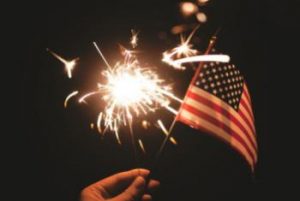Content Reviewed by: Dave Gormley •
July.3.2021 Vertified Content
Jul 3, 2021 | Read Time: 2 minutes

On July 2nd 1776 the Continental Congress Declared Independence by approving the Motion that Richard Henry Lee had made on June 17th “That these United Colonies are, and of right ought to be, free and independent States, that they are absolved from all allegiance to the British Crown, and that all political connection between them and the State of Great Britain is, and ought to be, totally dissolved.”
In a letter to Abigail Adams John Adams wrote:
“The second day of July, 1776, will be the most memorable epoch in the history of America. I am apt to believe that it will be celebrated by succeeding generations as the great anniversary festival. It ought to be commemorated as the day of deliverance, by solemn acts of devotion to God Almighty. It ought to be solemnized with pomp and parade, with shows, games, sports, guns, bells, bonfires, and illuminations, from one end of this continent to the other, from this time forward forevermore.”
On the 4th of July the Continental Congress, after spending a couple of days editing the Declaration of Independence, approved the final version to be sent to the King of England. Thomas Jefferson’s Diary noted the weather conditions and that he had bought some thermometers.
The Declaration was read publicly, with the Liberty Bell probably ringing, on July 8th. The final version of the Declaration was not printed on parchment until July 19, and it was not signed by most of the delegates until August 2, 1776.


